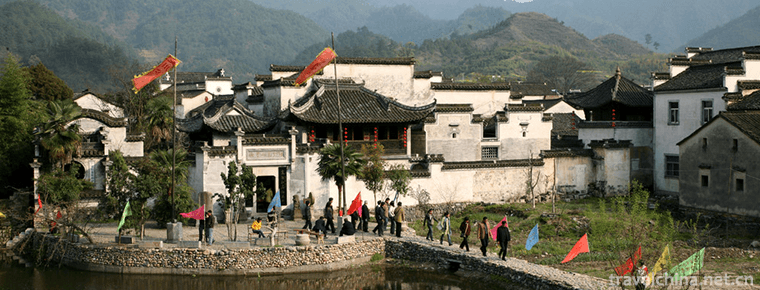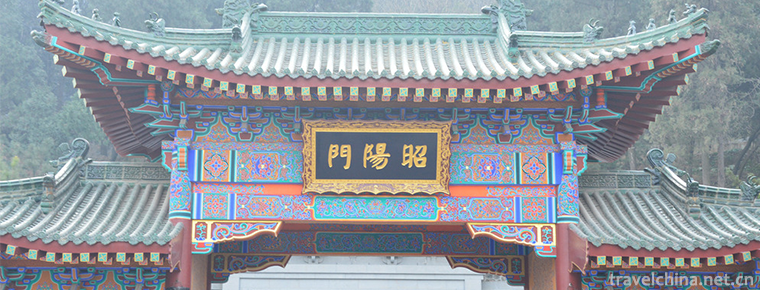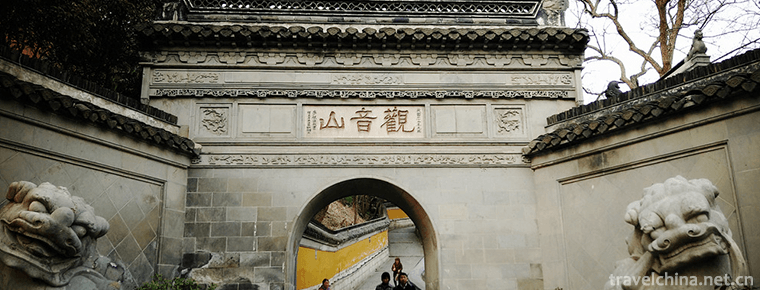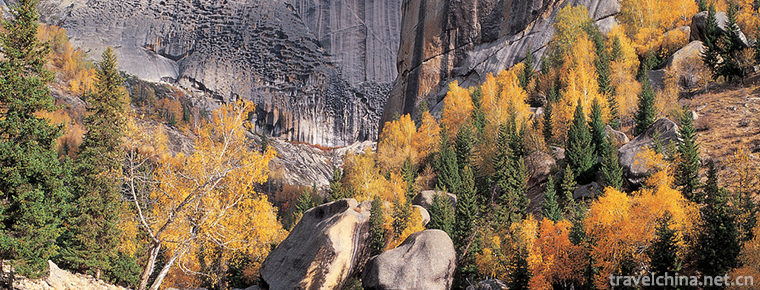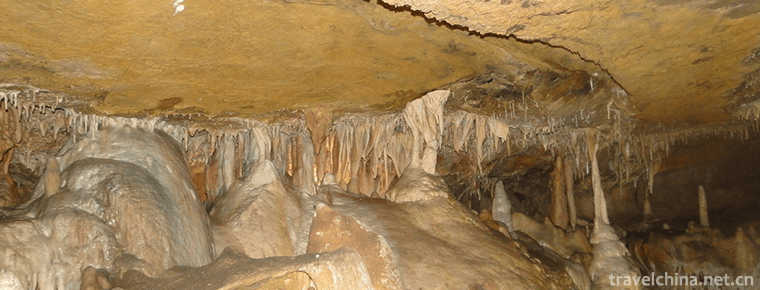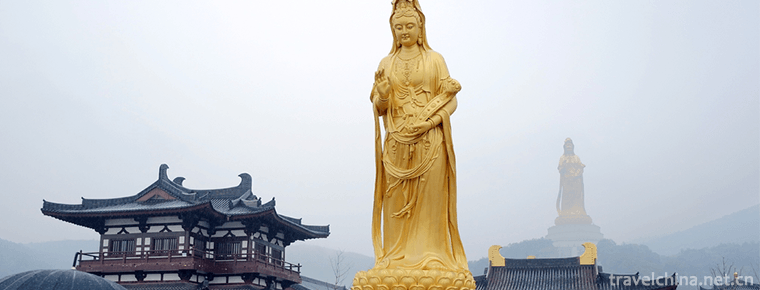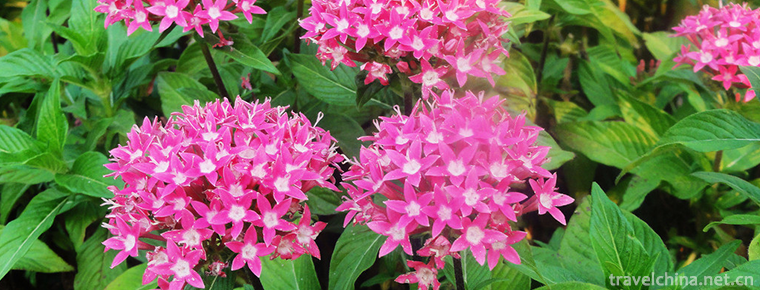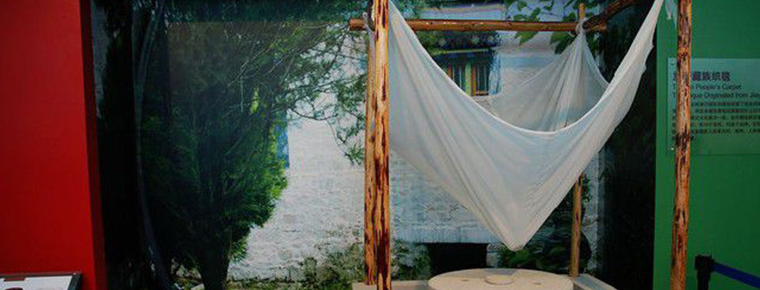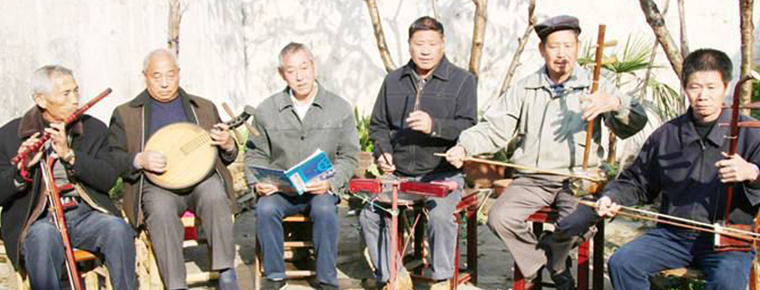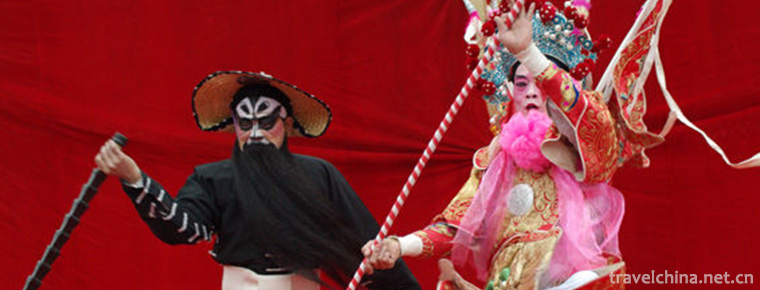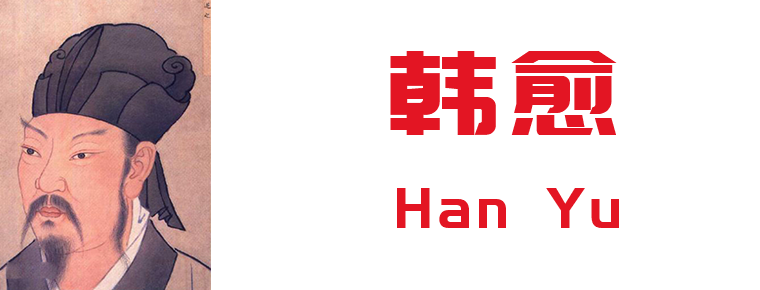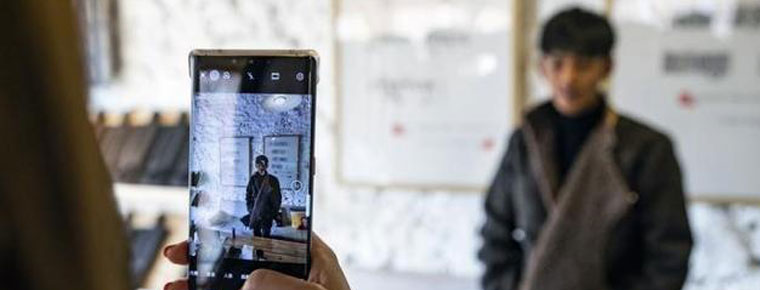Dong minority clothing
Dong minority clothing
Dong women's clothes vary in various styles, styles, decorative parts, patterns, hairstyles and handkerchiefs. They usually wear casual clothes, pay attention to practical use, pay attention to decorative aesthetics when dressing, simple and luxurious complement each other. According to the characteristics of the whole Dong women's clothing, Dong women's clothing can be divided into three styles: tight skirt, loose. T-shirt and trousers.
On November 11, 2014, Dong costumes were approved by the State Council and listed in the fourth batch of national intangible cultural heritage list.
Clothing features
Dong people are divided into South Dong and North Dong. The costumes of South Dong people are exquisite. Women are good at weaving and embroidery. Dong brocade, Dong cloth, flower-picking and embroidery are very distinctive. Women wear collarless cardigans, skirts and cuffs with elaborate horsetail embroidery. Dragon and Phoenix are the main patterns, with water cloud pattern and flower grass pattern. Short pleated skirts are worn underneath, feet are covered with warped shoes. Hair buns are decorated with rings, silver hairpins or trays. Longwufeng's silver crown is adorned with multi-layer silver necklaces and earrings, bracelets, waistdrops and other silver ornaments. Dong women in Sanjiang wear long-skirts and short skirts. Their long gowns are large collar-to-skirt style, with exquisite embroidery at the collar and cuffs, without buttons on the skirts, open in the middle, revealing embroidered embroidered bibs, blue cloth-pleated skirts and embroidered legs, flower shoes, buns on the head, decorating flowers, wooden combs, silver bracelets, etc. Festival wears blue collarless clothes, apron black skirts, lace-lined skirts, a sky-blue pocket at the waist, blue and white ribbons at the back, matched with red ribbons. Men's clothing is blue cloth bald head, collar-to-skirt, belt-tied, jacket without buttons, long trousers, leggings, straw shoes or barefoot, skirts and other embroidery. The horse-tail fan of the Dong nationality is a first-class embroidery. The style is old, the embroidery work is refined, the pattern is rigorous, the color is rich, fully demonstrates the Dong nationality woman's wisdom and the superb skill.
Dress Adornment
Headwear and silver ornaments are the most exquisite ornaments for women in Pingqiu. They are good at long hair, tie hair trays with red-headed ropes and wrap black gauze pads on their heads. Silver hairpins, silver combs, silver discs, silver crowns on their heads, gold and silver rings on their ears, two groups of silver buckles on their necks, two groups of bows on their necks, five necklaces of different sizes, five silver chains on their breasts and a silver lock on their wrists to suppress evil spirits. Wear silver bracelets, square bracelets and so on. Silver jewelry includes carved dragons, painted phoenixes, birds, insects, flowers and grass and other patterns, which are made by local craftsmen. This dress is simple and complex, shining silver, jingling.
Color characteristics
Most Dong people wear self-woven, self-woven and self-dyed Dong cloth. They like green, purple, white and blue. Black-green is mostly used in spring, autumn and winter, white is mostly used in summer, and purple is mostly used in festivals. Women's skirts are mostly black. They pay attention to color matching, usually with one color as the main, analogy as the secondary, and contrast as the decoration. The primary and secondary colors are distinct, bright and quiet, and soft. And elegant.
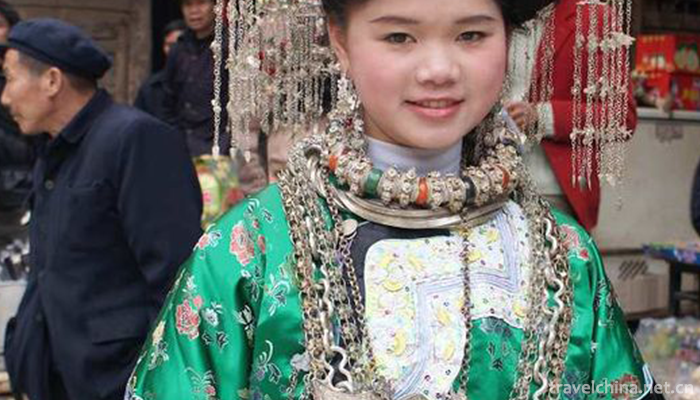
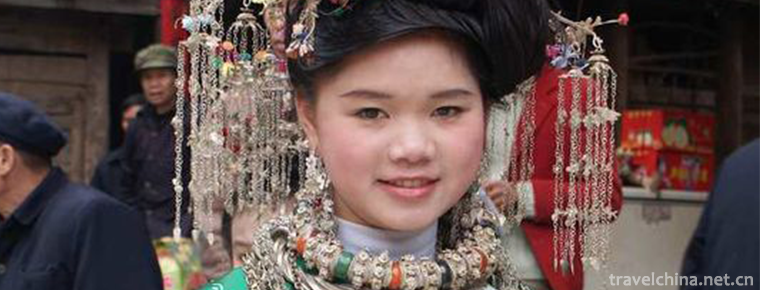
Dong minority clothing
-
Jixi Longchuan Scenic Area
Jixi Longchuan Scenic Area in Xuancheng City, Anhui Province, is a national AAAAA-level Tourism Scenic Area officially approved by the State Tourism Administration
Views: 168 Time 2018-12-08 -
Huaqing Pool Scenic Area
Tang Huaqing Palace is another palace for feudal emperors in Tang Dynasty. Later also known as "Huaqing Pool", located in Lintong District, Xi'an City, Shaanxi Province.
Views: 178 Time 2018-12-12 -
Guanyin Mountain National Forest Park Guangdong
Guanyinshan National Forest Park in Guangdong Province is the first National Forest Park in Dongguan City approved by the State Forestry Administration. It is located in Zhangmu Town, Dongguan City
Views: 128 Time 2019-01-13 -
Linhai Qishi Scenic Area
Linhai Qishi Scenic Area is located in Tangwanghe District, Yichun City, Heilongjiang Province. Scenic area covers 190 square kilometers. It is a new eco-tourism area and National Geological Heritage
Views: 205 Time 2019-01-30 -
Lushan Karst Cave Group Scenic Area
Yiyuan Karst Cave Group is located in Nanlushan Town, 7 kilometers northwest of Yiyuan County. It has been proved that there are more than 100 caves in the area of 5 square kilometers around the ape-m
Views: 184 Time 2019-02-06 -
Xishan Scenic Spot Suzhou
Xishan is the abbreviation of Xidongting Mountain. It is 11 kilometers wide in North and south, 15 kilometers long in East and west, and 79.8 square kilometers in area.
Views: 273 Time 2019-02-25 -
Xishuangbanna Tropical Flower Garden
Xishuangbanna Tropical Flower Garden is located in Yunnan Institute of Tropical Crop Sciences, Jinghong City, Xishuangbanna Prefecture, Yunnan Province. It covers an area of 80 hectares and is one of
Views: 161 Time 2019-02-25 -
Production Techniques of Lhasa Jiami Water Mill
Jiami Water Mill was built in the 17th century A.D. It shows the outstanding ability of Tibetan people in mechanical manufacturing and grain processing. It makes full use of natural spring water to gr
Views: 340 Time 2019-05-10 -
Lanxi stall spring
Lanxi Spring Spring Spring Spring is an ancient form of sitting and singing art, which was formed and popular in Lanxi area in the Midwest of Zhejiang Province, Jinhua and Quzhou, and belongs to Nanci
Views: 165 Time 2019-05-10 -
Guangxi drama
One of the local operas of the Zhuang nationality in Guangxi. Yongju Opera belongs to the Pihuang Vocal Tune System, which originated in Hunan. It was formerly called Guangju Opera, Old Opera, Local O
Views: 176 Time 2019-07-14 -
Han Yu
Han Yu (768 - 824 December 25th) retreated. Henan Heyang (now Henan Province Mengzhou People. Claiming to be "Changli," the world is called "Han Changli" and "Mr. Changli"
Views: 169 Time 2019-09-07 -
A city with a fire by one Cold thinking behind Ding Zhen hot
With the popularity of microblogging for nearly seven months, the popularity of microblogging has been created for a long time. At the same time, the hometown of Ding Zhen, Litang County, Ganzi Tibetan Autonomous Prefecture, also ushered in several times the search volume and real gold and silver tourism orders.
Views: 100 Time 2020-12-07
